Taking a year off to travel is one of the most incredible gifts you can give yourself. If the idea of taking a year abroad seems like a faraway pipe dream; one way to see if you can make it happen is to simply start to plan a year of travel. Planning is a powerful way to visualize and potentially manifest a year abroad into reality. Everything – from the smallest action to the largest empires always start with just an idea. Long-term travel does not just have to be for retirement. It can, and honestly should happen throughout your life. This blog post will cover all the steps for you to plan your way into the gap year of your dreams.
“And then there is the most dangerous risk of all – the risk of not doing what you want on the bet you can buy yourself the freedom to do it later” – Randy Komisar
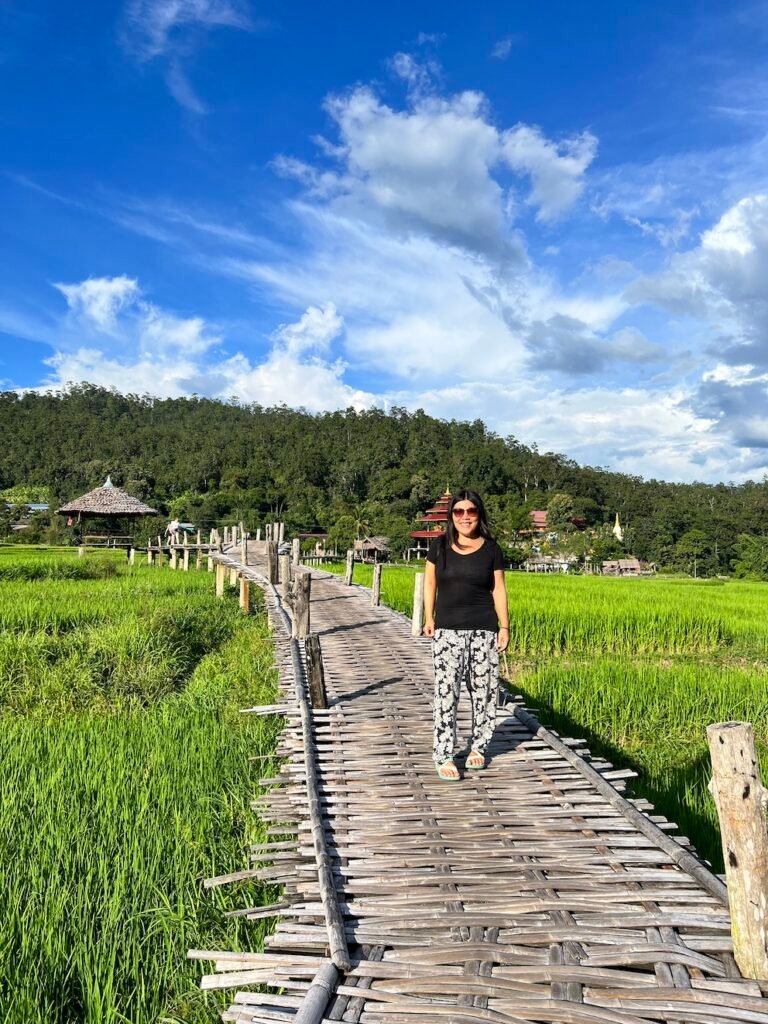

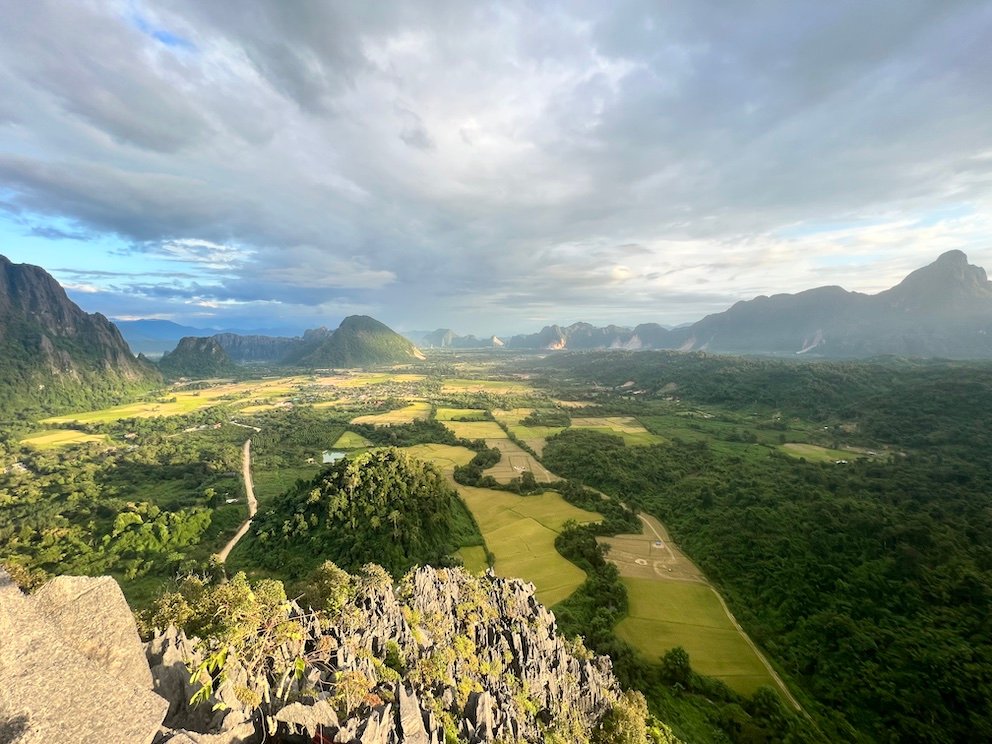
Contents:
- Getting the time off
- Finances
- Relationships
- Insurance
- Pre-trip Logistics
- Final thoughts on How to Plan a Year of Travel
This post includes affiliate links. If you make a purchase via one of these links, I may receive a small percentage at no extra cost to you.
Getting the time off:
Getting the time off to take year abroad can be as simple as being in-between jobs. The ending of job can be a wonderful opportunity to take the time off to travel. You don’t even have to start with much money to travel – in the Finance section of this post, I’ll cover ways one can travel for free.
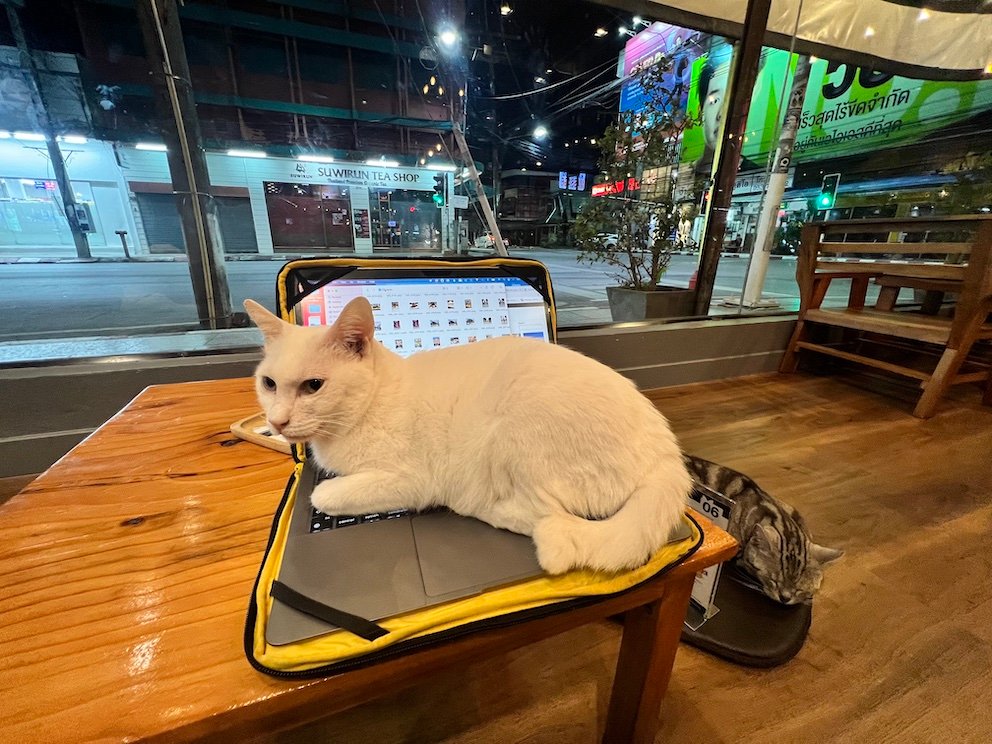
Pictured: a cat objecting to me being on my laptop at the Cat ‘n’ a cup Cat Cafe in Chiang Rai, Northern Thailand
If you are employed but looking for a break, you can first check with your employer to see if they have a deferred salary leave plan – this is a type of self-funded sabbatical where your employer agrees to bank a pre-determined portion of your salary each year for a set amount of time. After anywhere from 3-4 years, you’ll bank enough of your salary to take a year off, and your payout will be the banked amount of money. (ie: 25% for 3 years, with the 4th year off on 75% pay, or 20% for 4 years with the 5th year off on 80% pay). The benefits of a deferred salary leave are that you can return back to your job after your sabbatical, and in most cases you can stay on your employer’s extended health and pension plans while you are away.

Many employers will not have a deferred salary leave plan, but may be open to various types of unpaid leave. Even if you do not see these types of leaves outlined in your employment contracts it still might be worthwhile to inquire what your employer might be willing to accommodate. In this case you can simply execute your own deferred salary plan by saving a set amount of money per year to fund your travels abroad. A sanctioned unpaid leave with your employer has the benefit of you not having to look for a job when you return, and you still might be able to pay into your extended health and pension plans while on unpaid leave.

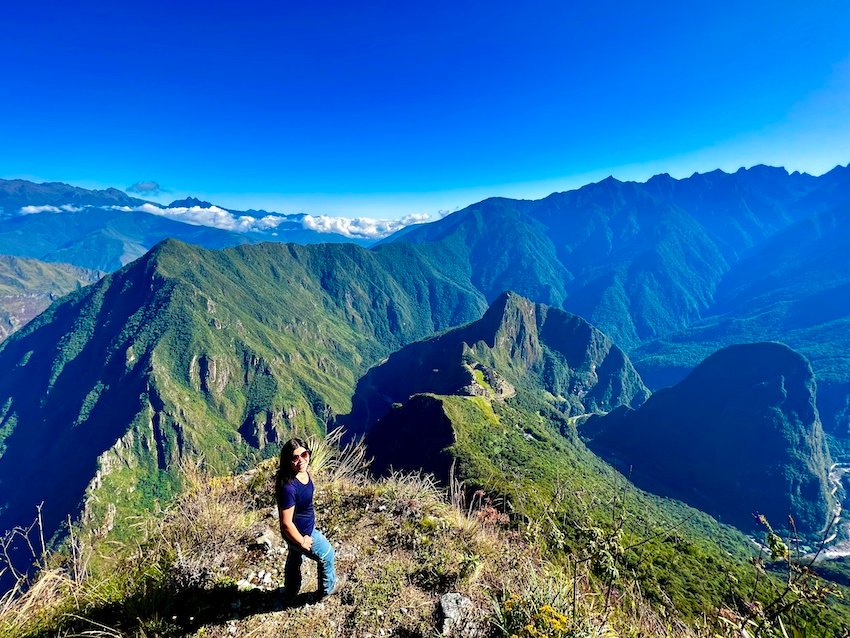
Finally, another option to take a year abroad when no leave options are available to you with your employer is to simply: leave. I can say all sorts of things about throwing caution to the wind and just packing up and leave – but that doesn’t work for everyone. It’s not how I approached my year-off either. Everyone is different. If you’re in a good place, and you are confident that leaving your job to travel – without a “back-up” plan is a good one – absolutely go for it. I met plenty of intrepid travellers abroad who did just that – and they were happy with their decision. Many have since returned back to normal life and have had no problem finding work afterwards. The perspective, resilience and confidence after traveling for a year puts most people at the top of their game.




If you have doubts about your ability to enjoy the year off by quitting and leaving – don’t do so until you’re in a place where you DO feel like it’s the best step forward. This could mean setting up savings for a year abroad; setting up a remote freelance business to supplement your income and to continue career-building while you travel. Whatever it takes for you to get to that happy place where you feel confident to take that transformative year for yourself – do it. The worse that can happen is massive self-improvement, savings and the creation of multiple income-streams – which is certainly an upside to all the planning if you don’t end up going.
Of course, if you’re lucky enough to be a remote worker; and have no restrictions on where you can work from – just sublet or Airbnb out your place, and get going!
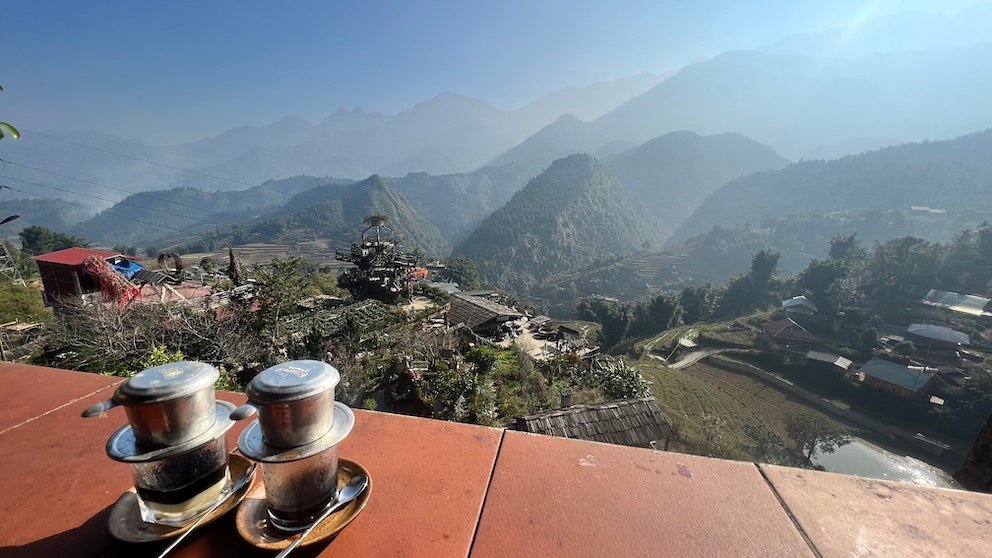
Finances:
This is obviously the aspect of long-term travel on everyone’s minds. However, it really doesn’t have to be as big a deal as everyone might think.
If you live in a large cosmopolitan city (ie: New York City, Miami, Los Angeles, Shanghai, Athens, Vancouver, Melbourne), you can likely sublet or AirBnb your accommodations out and cover the cost of your mortgage/rent while you are away, and potentially still have money left over for travel expenses. The benefit of subletting (fully-furnished) or Airbnb-ing your place out is that you don’t have to pack up your apartment to start travelling – and can go back to your home more or less the way it was, once you’ve completed your travels. Airbnb has the added advantage of a $1 million insurance policy for your home included as an Airbnb host; as well as the opportunity to come back to your home during your year abroad in case you had to return for some reason during your travels.



You can also put your home on Home Exchange which allows you to exchange homes with someone else living in a country you would like to visit – either simultaneously or for “guest points” which you can use to exchange for a stay later on.
If you’re not a home-owner, or will be giving up your apartment or home in order to travel abroad you can also travel for little cost by finding work for room and board opportunities through networks like Workaway. You can also look for house-sitting opportunities through global house-sitting networks like Trusted Housesitters, Mind My House, and Housesitter that facilitate connections between individuals looking for people to take care of their homes and pets while they’re away – the upside for the care-taker is that they will have free accommodations in exchange.


A deferred salary leave (as outlined in the previous section) is an excellent way to incrementally save up the money required for a year of travel. You can also create your own deferred salary plan through a dedicated personal savings account. Just banking 20% of your savings for 4 years will already add up to 80% of your salary available by the end of year 4. Today’s high interest rates can also help you compound your savings even faster.
Note that if you travel frugally like I did during my year abroad; it won’t even take you that much time to save up the money you need for the year. My costs to travel for a whole year was just $15,000USD, and I believe it can be done for as little as $12,000USD. This is not even factoring in “free travel” that you can get through taking on volunteer opportunities through platforms like Workaway or through free accommodations through house-sitting opportunities; which will further lower the overall costs of travelling for a year.
Frugal and Fabulous: My $3.75USD a night riverside bungalow in Don Det, Laos
Relationships:
If you are planning to be travelling with your family or significant other – make sure that everyone is on the same page about going away. If it feels like a situation where you are dragging everyone else with you when they would rather be at home – you should reconsider whether you should be taking the trip with them – or if it might be better for you to meet intermittently during your trip abroad.
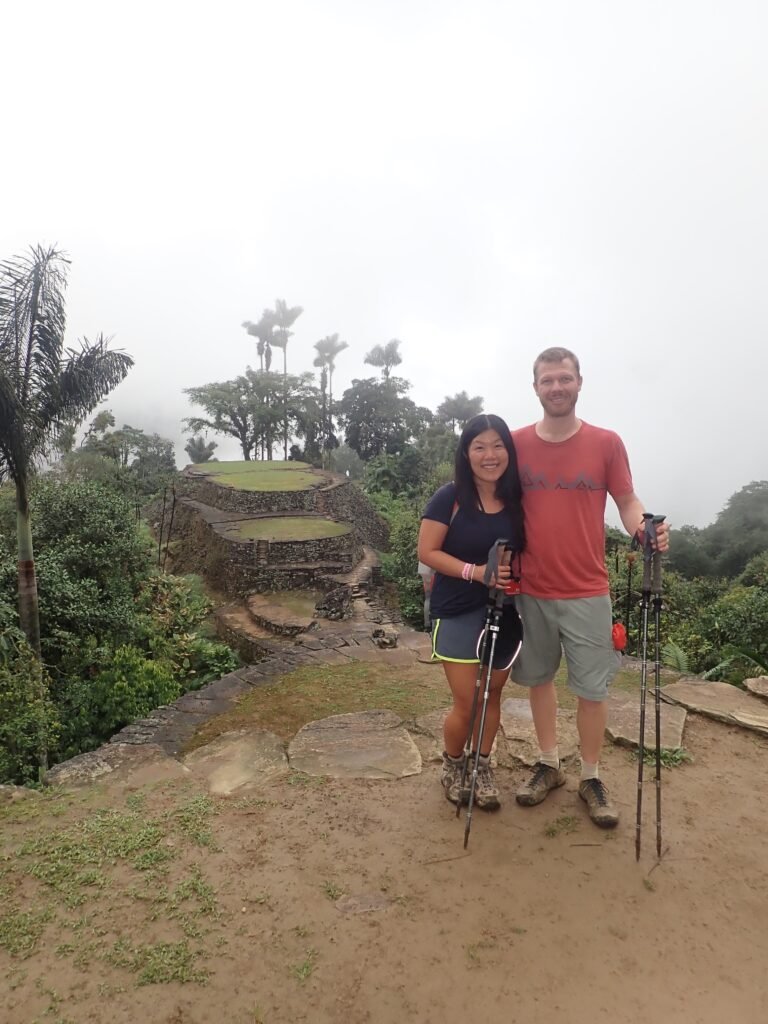

For year abroad, Jens could not travel with me for the whole year, and we resolved to just meet each other every 2-3 months or so in different parts of the world while I was away.
If you are travelling solo – make sure you tell your circle that you are going to be away for an extended period of time so people think something might have happened to you. It’s also good to schedule regular check-ins with a trusted contact every so often just to let people know you’re alright on the road.

Insurance:
No one wants to get sick while they’re traveling – but it can happen. Make sure you’ve taken out an insurance package that fits your travel needs.
Many short-term travel insurance plans, only cover trips up from a week to a month; and often only cover one country at a time. If you’re traveling long-term without a fixed plan to return to your home country, and want to have the openness to travel to different countries without having to re-buy travel insurance each time you cross a border – make sure you take out insurance that can cover indefinite travel across many different countries.
SafetyWing is an excellent travel insurance choice for those planning to embark on long-term travel. One of the unique features of SafetyWing travel medical plans are truly global in nature – meaning you’re covered anywhere in the world – as long as the country is listed in their covered countries. Certain countries – like the United States – for example require an add-on.


A few unique features about SafetyWing include the ability to buy your insurance plan even once you’ve started your travels (most other insurance programs will require you to be in your home country at the time of the insurance purchase). SafetyWing plans even have you covered if you have to return home – very handy if you’re from a country without universal healthcare coverage – and need to pop home for a few days.
In addition to flexibility and convenience to purchase; SafetyWing plans are some of the most affordable available. With 4 week global coverage plans starting at around $60USD.
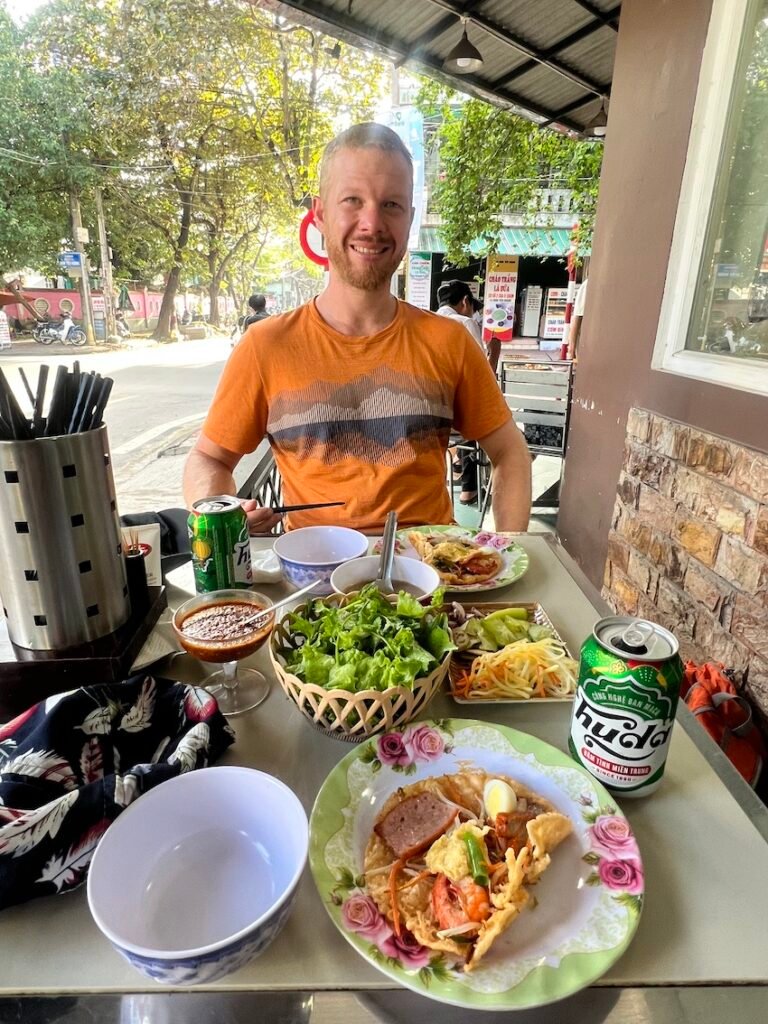


Pre-trip logistical checklist:
Sublet or put your Home on Airbnb or Home Exchange:
This will allow you to recoup your costs while you are away, or at least get reciprocal housing on an exchange.
Switch your phone plan to the lowest cost phone plan with texting:
I strongly recommend keeping your cellphone number. It’s literally a secondary form of identification these days. No need to pay for a full-cost plan though – just switch it to a low-cost plan that includes receiving text messages globally and you should be good to go.
The reason I suggest keeping an option where you can still receive text messages, is you’ll likely need to still have access to your home cellphone number for 2-factor authorization for banking and other logins. Much more convenient to pay the small price to keep your home cellphone number rather than be locked out of your accounts.



Switch your SIM to an eSIM:
On the note about cellphones, it would be useful to switch your SIM to an eSIM so that you can use your physical SIM slot on your phone for foreign SIMs while you are traveling. Most phones will allow you to have at least two cellular plans on at the same time. I always keep my home cellular plan on in case I get an important text or notification from friends/family or the bank etc.
Set-up automatic bill payments:
A bit of a no-brainer – but no one wants to deal with scheduling bill payments while away – so automate bill payments wherever possible.



Vaccinations:
Check in with your doctor about your travel plans. In certain areas (ie: South America/Asia/Africa) Yellow Fever vaccinations are highly recommended in a number of countries; and even required for entry to certain countries. You’ll likely be recommended to look into common travel vaccinations like Typhoid and Rabies (especially if you’re travelling somewhere where the disease is relatively common). Your doctor will probably double check that common vaccinations like Tetanus, and Hepatitis A&B are up to date. Make sure you bring your vaccination records with you – or at least email a photo of your records to yourself so you can access them if required. In the case of a Yellow Fever vaccination certificate – you’ll need the original document if the country requires it for entry (common in a number of South American and African countries).

Medication and Essential Products:
Stock up on any medications, or essentials either at home or in a large international hub city (London, Paris, Frankfurt, New York etc). If you require medications, make sure you stock up on enough to last you until you get to the next large international hub city – and keep your prescription receipts with you in case you are asked about your medications. You might not be able to fill prescriptions outside of large international hub cities.
The same line of thinking goes for any self-care products you might use. Ask me how difficult it was to find contact lens solution in the entire country of Tanzania… You would be surprised at how everyday essentials like *cough*… contact lens solution… may be near impossible find even in major cities of developing countries. Don’t get caught out. I find that paying a premium for some of these essentials even on airport layovers in London and Frankfurt are worth it to avoid the hassle of searching high and low for these items later on.
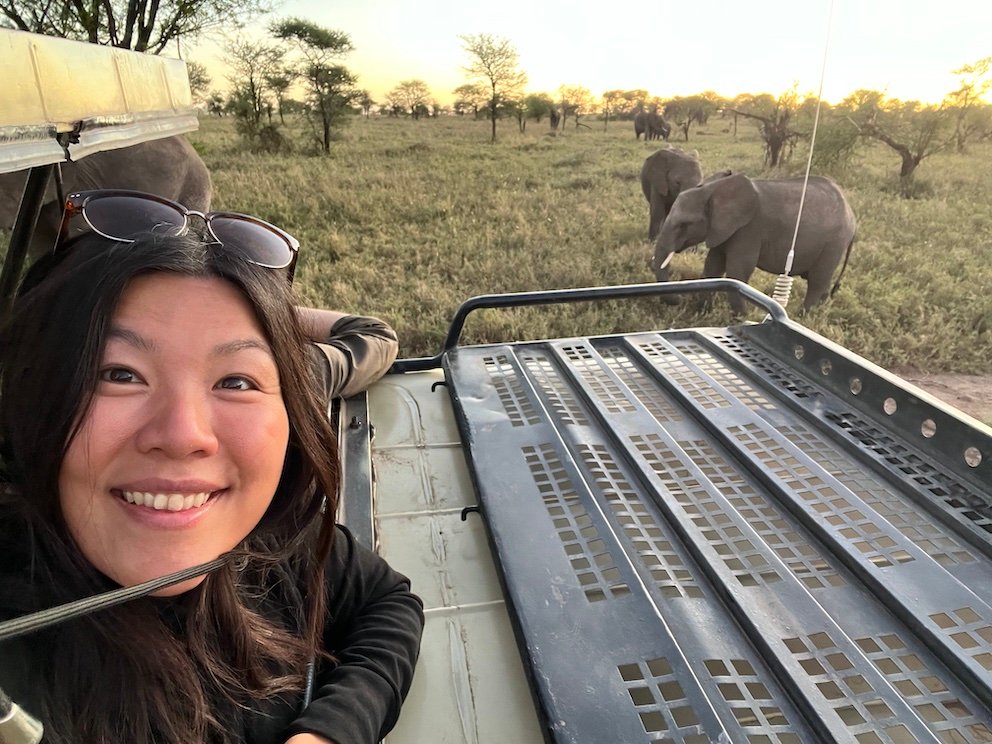
Travel light:
Travel as light as possible. Bring clothes than can be re-worn such as Merino wool which can go several wears without washing. My favourite is Icebreaker. Bringing versatile travel-friendly clothes can help you trim down your pack weight. I learned that packing as light as possible is the best way to go after lugging a too large backpack around for much of my trip. If you bring the right kind of gear, you really don’t need to bring too much. I’ll cover my recommendations for packing for long-term travel in a later post.



Final thoughts on How to Plan a Year of Travel:
Once you start to plan a year of travel, you’ll not only develop your own plan for how to make the a year abroad a reality; you’ll likely realize that it an endeavor that you can make a reality.
Even if your plan will take a few years before you’ve saved enough money / built-up a solid remote business etc. There’s no harm to plan big – all that happens if you do not end up going is that you’ll have extra savings and may have developed new skills and career leads. The act of planning for a year abroad can set you up for many successes even if you don’t end up going.
But definitely go.


